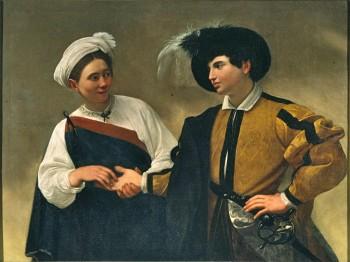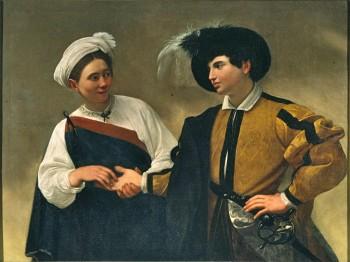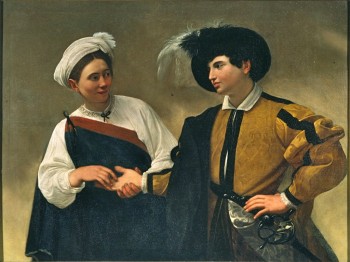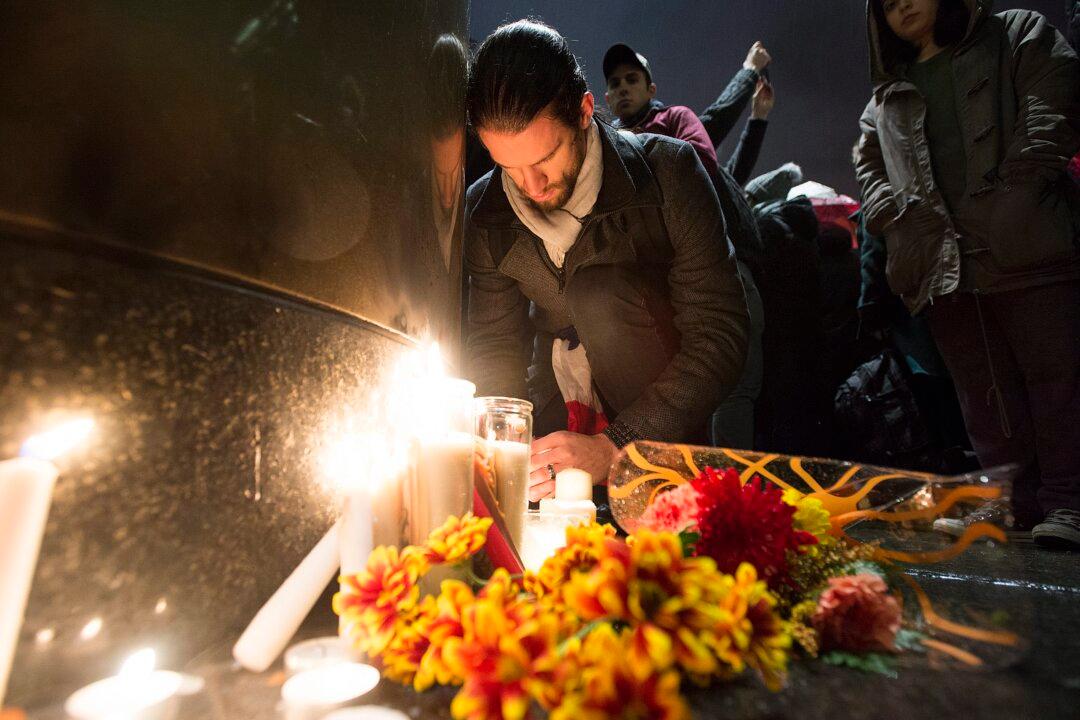Caravaggio Paintings Shown for First Time in Canada
The National Gallery of Canada’s “Caravaggio And His Followers In Rome” is truly a must-see exhibition of rare paintings on loan from esteemed galleries including the Prado in Madrid, the Louvre, and the National Gallery in London—47 public and private collections in total.

The Fortune Teller, 1595, oil on canvas, 115 x 150 cm Pinacoteca Capitolina, Musei Capitolini, Rome, Scala/Art Resource, New York
|Updated:






